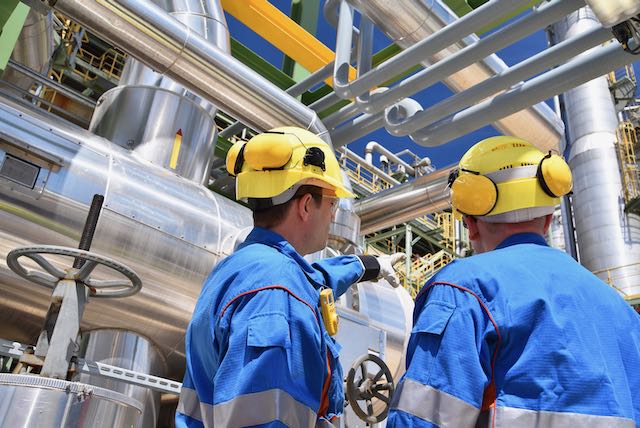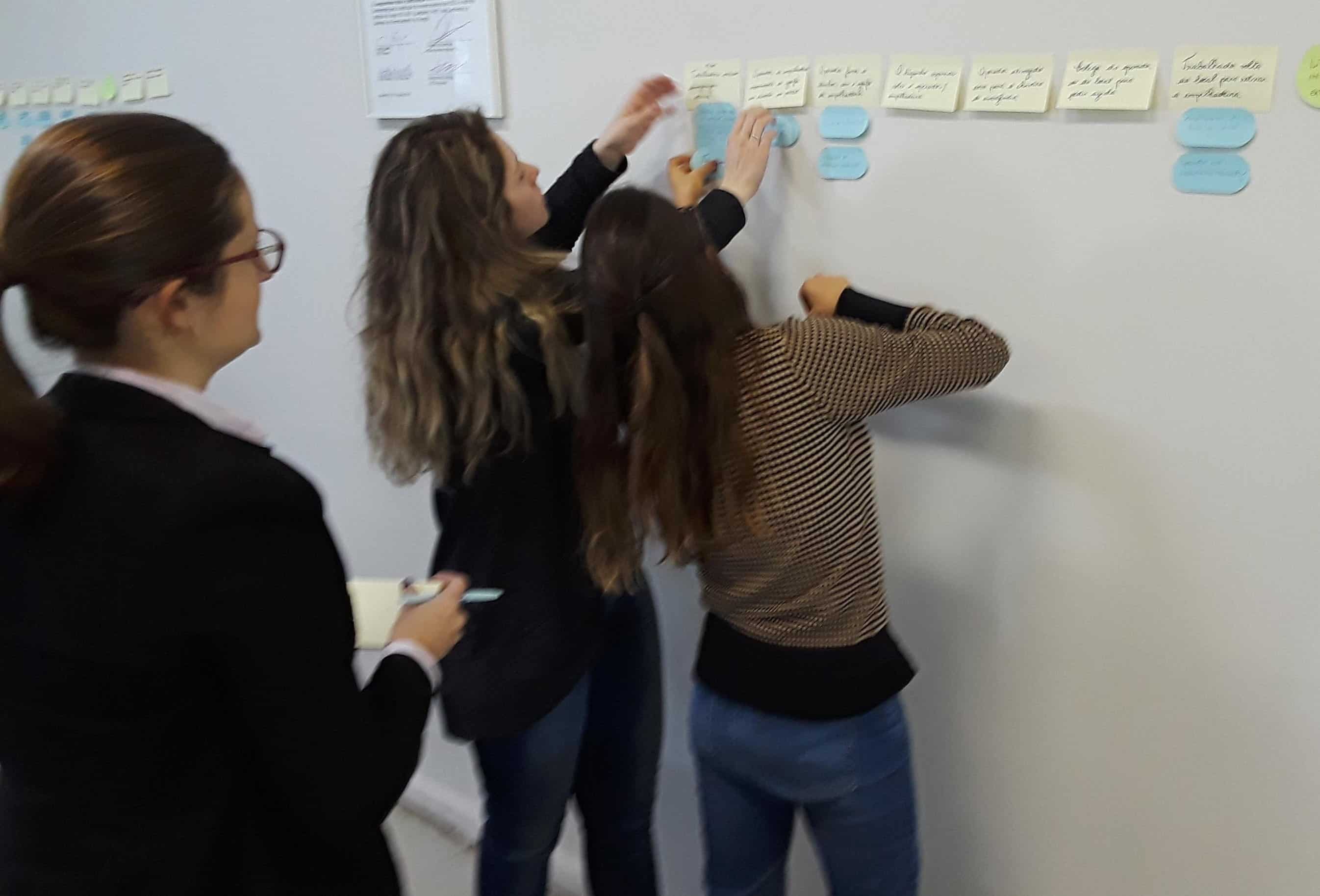Why Smart People Make Unsafe Decisions—And How to Stop It

You’ve trained your team. You’ve reinforced safety procedures. You’ve invested in the best equipment. So why do experienced, intelligent employees still make unsafe decisions?
Every day, workers take shortcuts, ignore warning signs, or hesitate to report concerns. Most of the time, they don’t even realize they’re doing it. When an incident occurs, people often ask:
• “What were they thinking?”
• “They knew better than to do that.”
• “We’ve gone over this a hundred times—why did they ignore protocol?”
It’s easy to assume that errors happen because of carelessness or poor judgment. But the reality is far more complex. The problem isn’t a lack of intelligence or skill—it’s human nature.
Understanding why people make unsafe decisions is the first step in preventing incidents before they happen.
The Science Behind Unsafe Choices
Most unsafe decisions aren’t the result of outright negligence. Instead, they stem from a mix of psychological biases, environmental pressures, and workplace culture.
Here are some of the biggest hidden influences that shape decision-making—without people even realizing it:

1. The Illusion of Safety in Familiarity
Have you ever noticed that workers are more cautious on their first day on the job? But as time goes on, familiarity breeds complacency.
• Repetitive tasks feel “safe” because they’ve been done hundreds of times without an issue.
• Employees may underestimate risks because they’ve never personally experienced an accident.
• Safety procedures can become automatic and ignored—workers may assume, “I know what I’m doing.”
This false sense of security leads to shortcuts, overconfidence, and risk-taking.
2. Social Pressures Override Caution
No one wants to be the person who slows down production or questions a supervisor. Psychological and social factors play a massive role in safety decisions:
• Groupthink: When everyone else is working fast, employees hesitate to be the one who slows things down for safety.
• Hierarchy influence: Workers may not report concerns if they fear backlash from management.
• Peer pressure: “Toughness” in certain industries (like construction or manufacturing) can discourage employees from speaking up.
The result? People ignore their gut instincts and make riskier choices to fit in.
3. Time Pressure Leads to Risk-Taking
When deadlines are tight, safety often takes a back seat to efficiency. Workers feel pressure to complete tasks quickly, leading to:
• Skipping safety checks to meet quotas.
• Rushing through procedures without fully following them.
• Ignoring small risks, assuming nothing bad will happen.
The more time pressure increases, the more likely workers are to take calculated risks—without even realizing they’re doing it.

4. The Brain Takes Shortcuts—And That’s Dangerous
Our brains are wired to process information as efficiently as possible. This can lead to cognitive biases—mental shortcuts that influence decision-making. Some of the most dangerous in safety include:
• Optimism bias: The belief that “It won’t happen to me.”
• Confirmation bias: The tendency to only see information that supports what we already believe.
• Normalcy bias: The assumption that because something hasn’t happened before, it won’t happen in the future.
These unconscious biases make it harder for people to recognize real risks—until it’s too late.
How to Outthink the Risks
The good news? Unsafe decision-making isn’t inevitable.
By understanding these psychological traps, organizations can design systems that help employees make safer choices—without relying on memory, training, or willpower alone.
That’s where TapRooT® Root Cause Analysis comes in.
Unlike traditional safety programs that focus on surface-level mistakes, TapRooT® RCA helps organizations uncover the real reasons behind unsafe decisions—so they can implement fixes that actually work.

Here’s how TapRooT® RCA helps prevent incidents before they happen:
✅ Identifies why decisions were made in the moment (instead of only what went wrong).
✅ Reveals hidden factors influencing behavior, like fatigue, training gaps, or unclear procedures.
✅ Provides practical solutions that change the way people think about safety.
✅ Moves beyond blame to create real, lasting improvements in workplace culture.
By using an evidence-based approach, companies can help employees recognize decision-making traps and create safeguards that make safe choices the default.
Take the Next Step Toward Safer Decisions
If you want to prevent mistakes before they happen, you need to go beyond surface-level fixes and uncover the real reasons behind unsafe choices.
TapRooT® Root Cause Analysis gives you the tools to break the cycle of human error, eliminate recurring risks, and create a workplace where safety isn’t just a rule—it’s second nature.
🚀 Join us at the 2025 Global TapRooT® Summit to learn proven, cutting-edge safety strategies from industry leaders.
Every decision counts. Make the smart choice today—Register now!



